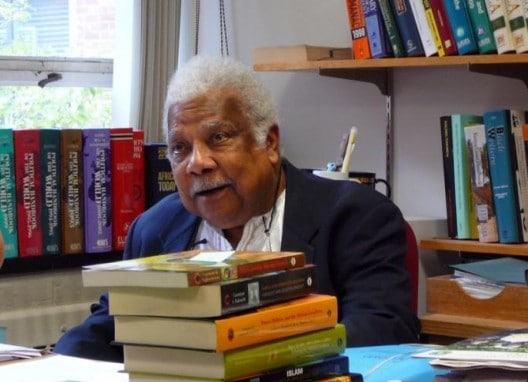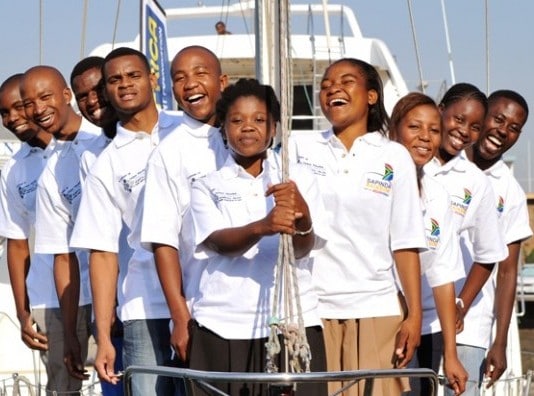By the year 2020, a staggering 1.4 million job positions will be left unfilled, according to data released by the Bureau of Labor Statistics.
The growing gap between the number of positions in the tech space and the number of qualified workers available to fill them has members of the science, technology, engineering and mathematics (STEM) field worried about what the future may hold.
As it turns out, however, the solution to a rather daunting problem could be to boost diversity within the field.
As Twitter, Facebook and other tech giants revealed earlier this year, minorities are struggling to find their way into the tech field. Some are finding it hard to find entry while others can’t seem to find interest.
If things continue the way they are, 70 percent of all STEM positions will be left unfilled in less than six years.
“There’s a huge pipeline problem,” Van Jones, the former special adviser for green jobs to the Obama administration, told The Guardian. “It’s across IT, Silicon Valley and yes, cleantech.”
Many entrepreneurs in the STEM field are taking action by reaching out to minorities in hopes that increasing diversity could also help close the STEM worker gap.
Jones launched #YesWeCode back in July along with Fission Strategy CEO Cheryl Contee. #YesWeCode reaches out to underprivileged youth and tries to spark their interest in STEM careers.
If the program is able to successfully complete its mission, it will create a pipeline of 100,000 children who will already have sufficient knowledge of coding and other skills that will make them ideal candidates for STEM careers.
Minorities are currently severely underrepresented in the tech business despite the fact that many reports suggest that minorities, particularly African-Americans, use technology more often than their white counterparts.
The cleantech industry presents an even more disappointing array of statistics simply because it has decided not to share its statistics at all.
While Google and Facebook have agreed to make commitments to addressing the diversity issues within their companies and being more transparent with the public, cleantech companies are keeping quiet on the matter.
A recent report by Dorchet Taylor, a University of Michigan professor, revealed that minorities only represent 16 percent of leadership or staff positions at environmental nongovernmental organizations (NGOs), foundations and government agencies.
Despite their lack of representation in the cleantech workforce, minorities represent nearly 40 percent of the overall population.
“The creator class doesn’t reflect its consumers,” Contee told The Guardian. “That means that there are problems not getting solved.”
In addition to preparing young minorities for STEM careers and getting major companies to open their doors to a more diverse staff, it’s also key that minorities are encouraged to look into STEM careers.
Contee explained that STEM careers need to be portrayed in a way that will be “attractive” to minorities, especially when minority children are often not exposed to or educated about these types of careers.
“Nobody in a community of color will be motivated by the word ‘sustainability,’” he said. “Even the way we talk to communities of color has to be different.”
Congresswoman Eddie Bernice Johnson of Texas also pointed out that minorities are often the most impacted by environmental distress yet they are the “least capable to effect change.”
“We don’t just want to integrate the sustainable place, we want a diversity of ideas,” she said.
Preparing minority youths for STEM careers, sparking their interest in the field and getting major tech companies on board with increasing diversity may not be the sole solution to closing a 1.4 million STEM employee gap, but it’s certainly a powerful step in the right direction.

















